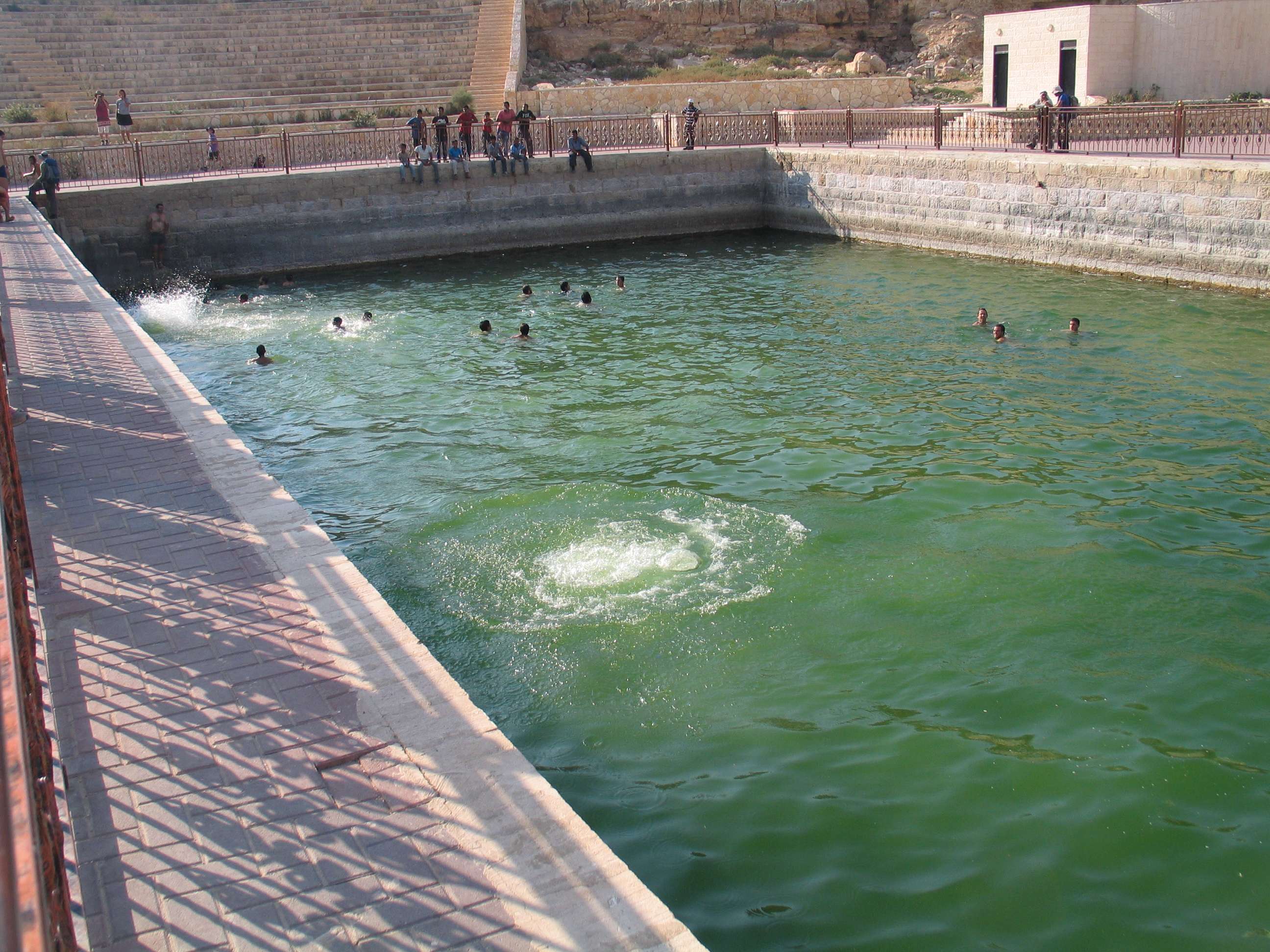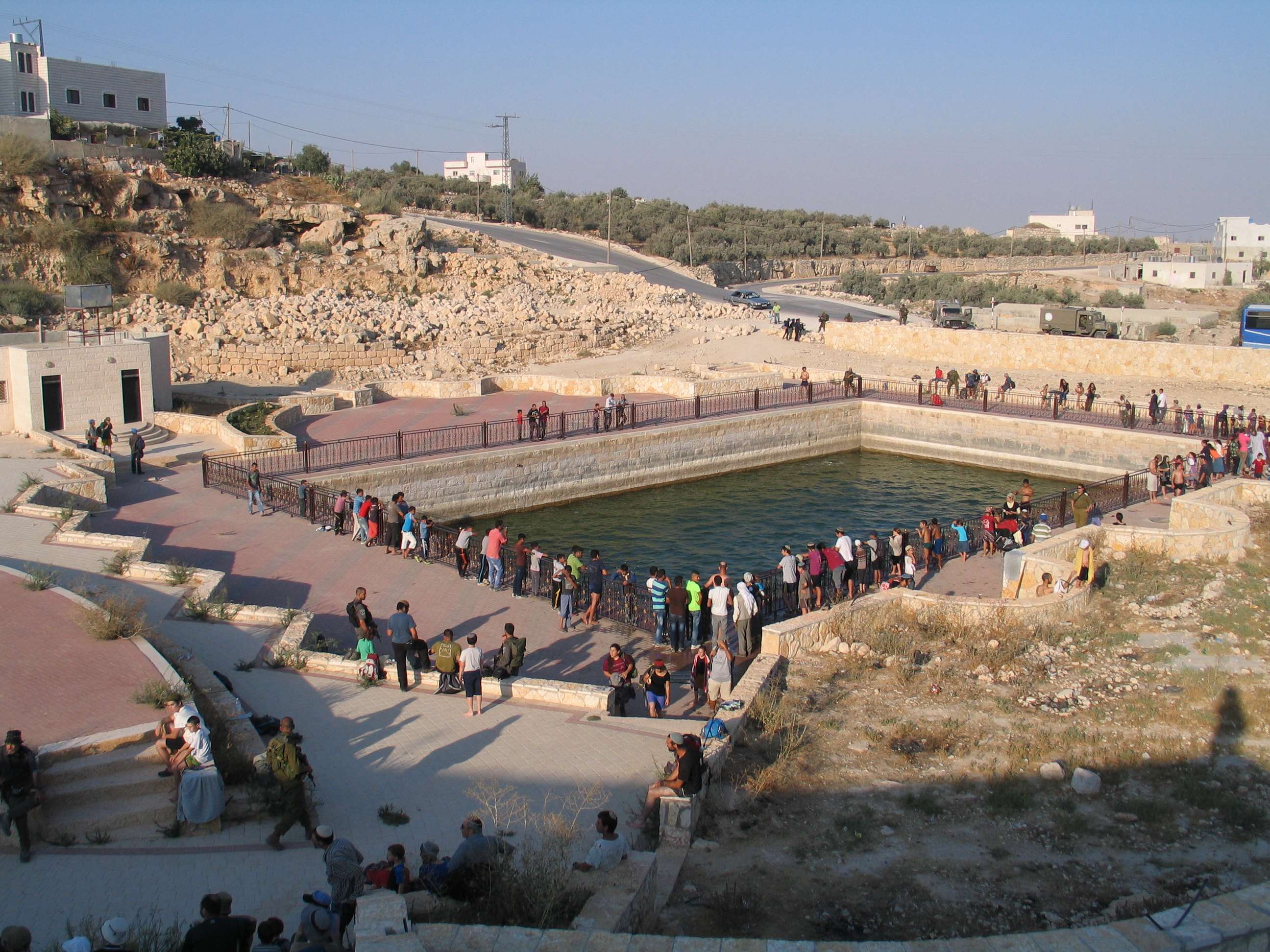Carmel (biblical Settlement) on:
[Wikipedia]
[Google]
[Amazon]
Carmel was an ancient Israelite town in
312
/ref>
 Mentioned in
Mentioned in 
''Saul, Doeg, Nabal and the "Son of Jesse": Readings in 1 Samuel 16-25.''
Ph.D. Thesis at the University of Edinburgh * * * *
IAAWikimedia commons
(''el-Kurmul'' shown on bottom part of map) {{DEFAULTSORT:Carmel (biblical settlement) Hebrew Bible cities District of Hebron Judea (Roman province) Ancient Jewish settlements of Judaea Crusade places Biblical geography Ancient villages in Israel Ancient Jewish history
Judea
Judea or Judaea ( or ; from he, יהודה, Standard ''Yəhūda'', Tiberian ''Yehūḏā''; el, Ἰουδαία, ; la, Iūdaea) is an ancient, historic, Biblical Hebrew, contemporaneous Latin, and the modern-day name of the mountainous south ...
, lying about from Hebron
Hebron ( ar, الخليل or ; he, חֶבְרוֹן ) is a State of Palestine, Palestinian. city in the southern West Bank, south of Jerusalem. Nestled in the Judaean Mountains, it lies Above mean sea level, above sea level. The second-lar ...
, on the southeastern frontier of Mount Hebron.Amit (n.d.), pp. 226–228 Conder & Kitcherner (1883), p312
/ref>
In the Hebrew Bible
There are several references to Carmel in the Bible. Carmel is mentioned as a city of Judah in the Book of Samuel and also in . It is mentioned as the place whereSaul
Saul (; he, , ; , ; ) was, according to the Hebrew Bible, the first monarch of the United Kingdom of Israel. His reign, traditionally placed in the late 11th century BCE, supposedly marked the transition of Israel and Judah from a scattered t ...
erects a monument after the expedition against the Amalekites (). Carmel is mentioned in as the place of Nabal's possessions, who was the husband of Abigail
Abigail () was an Israelite woman in the Hebrew Bible married to Nabal; she married the future King David after Nabal's death ( 1 Samuel ). Abigail was David's second wife, after Saul and Ahinoam's daughter, Michal, whom Saul later marri ...
. Beside the agricultural importance of the site, Carmel had also a strategic importance because of it containing the only reliable natural spring of water in the immediate area, which waters are collected in a man-made pool. Carmel, in relation to Maon, lies directly to its north, within close proximity.
Roman and Byzantine period
 Mentioned in
Mentioned in Eusebius
Eusebius of Caesarea (; grc-gre, Εὐσέβιος ; 260/265 – 30 May 339), also known as Eusebius Pamphilus (from the grc-gre, Εὐσέβιος τοῦ Παμφίλου), was a Greek historian of Christianity, exegete, and Christ ...
' '' Onomasticon'' as a village "10 milestones east of Hebron
Hebron ( ar, الخليل or ; he, חֶבְרוֹן ) is a State of Palestine, Palestinian. city in the southern West Bank, south of Jerusalem. Nestled in the Judaean Mountains, it lies Above mean sea level, above sea level. The second-lar ...
," the village housed a Roman garrison after the Bar Kochba revolt. The Jewish settlement is thought to have prospered until the Persian army of Chosroes forced the Roman garrison of Heraclius
Heraclius ( grc-gre, Ἡράκλειος, Hērákleios; c. 575 – 11 February 641), was Eastern Roman emperor from 610 to 641. His rise to power began in 608, when he and his father, Heraclius the Elder, the exarch of Africa, led a revolt ...
' army to leave Palestine. With a lack of market for their wine, the Jewish settlement declined, with the synagogue finally being abandoned in the 9th century.
In the Byzantine
The Byzantine Empire, also referred to as the Eastern Roman Empire or Byzantium, was the continuation of the Roman Empire primarily in its eastern provinces during Late Antiquity and the Middle Ages, when its capital city was Constantin ...
era, around the 6th or 7th century CE, a church was built here, on the western side of the remains. Outlines of a further two churches were uncovered to the immediate north and south.
The abandoned synagogue, which still stands in the Palestinian town now known as al-Karmil
al-Karmil ( ar, خربة الكرمل) is a Palestinian village located twelve kilometers south of Hebron. The village is in the Hebron Governorate Southern West Bank, within Area A under total Palestinian control.Gideon Levy and Alex Levac'Bitt ...
, is one of the best preserved ancient synagogues in the West Bank.

Crusade period
During the period of theCrusades
The Crusades were a series of religious wars initiated, supported, and sometimes directed by the Latin Church in the medieval period. The best known of these Crusades are those to the Holy Land in the period between 1095 and 1291 that were ...
in the 12-century CE, a castle was built at Carmel under the command of Renaud of Châtillon. Ellenblum (2007), pp. 108, 254, 309 William of Tyre
William of Tyre ( la, Willelmus Tyrensis; 113029 September 1186) was a medieval prelate and chronicler. As archbishop of Tyre, he is sometimes known as William II to distinguish him from his predecessor, William I, the Englishman, a forme ...
mentions Carmel as the camp of King Amalric in 1172.
References
Bibliography
* * * * * * * Kuhnen, H-P., ''Studien zur Chronologie und Siedlungsarchaologie des Karmel (Israel) zwischen Hellenismus und Spatantike'' (Wiesbaden, 1989). * Lozovyy, Joseph. (2006)''Saul, Doeg, Nabal and the "Son of Jesse": Readings in 1 Samuel 16-25.''
Ph.D. Thesis at the University of Edinburgh * * * *
External links
*Survey of Western Palestine, Map 21:IAA
(''el-Kurmul'' shown on bottom part of map) {{DEFAULTSORT:Carmel (biblical settlement) Hebrew Bible cities District of Hebron Judea (Roman province) Ancient Jewish settlements of Judaea Crusade places Biblical geography Ancient villages in Israel Ancient Jewish history